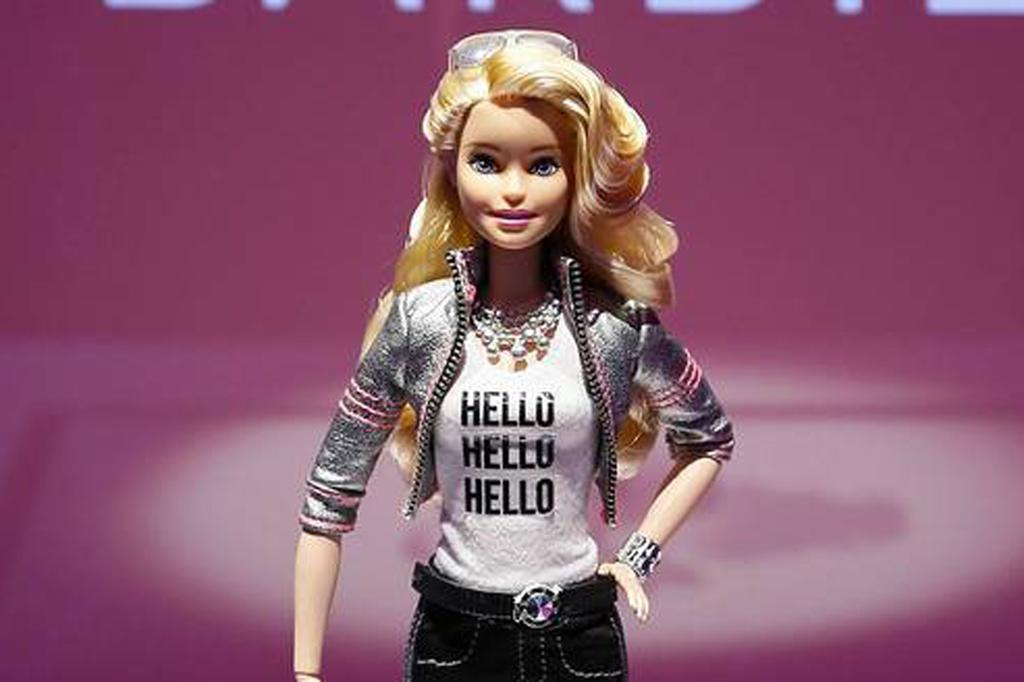Honestly, I'm somewhat sleep-deprived at the moment, and not terribly confident of my thoughts, so I'm going to keep this post fairly brief; I may return to attempt a more robust argument--or to retract my position, if further thought leads me to believe that I'm mistaken here--should I be better-rested in the near future. ^^;;
You both make the same argument, but you both gloss over the fact that our communities are, and remain, highly segregated, and that "white flight" remains a very real, present phenomenon. Sure, it's a simplified model, but if its correlations are that strong, perhaps the other "outside forces" that you imagine (which we should enumerate and discussion, if you're up to it) aren't as impactful as you might think?
My argument isn't that the "outside forces" that I suggested should be enough to overcome bias on their own, but rather that such forces might--albeit perhaps slowly--result in at least some degree of desegregation if all bias were removed. (Looking back, I do think that I expressed that poorly--my apologies!) Indeed, the demonstration indicates that a system with no bias at all should remain just as it was (which makes sense), and thus the case of "white flight" presumably reflects the presence of motivating factors.
(One thing does occur to me: In the context of this discussion, what do we consider to be a "bias"? My assumption is that we're talking about negative prejudice--racism, sexism, etc.--and not things like a preference for living near family, or a desire for work, or even things like a desire for desegregation.)
... the status quo is not just a random outcome of unrelated constraints, that intent and reaction are factors.
I don't actually dispute this point; in fact, I think that I agree. My disagreement is with the argument, not the conclusion.











